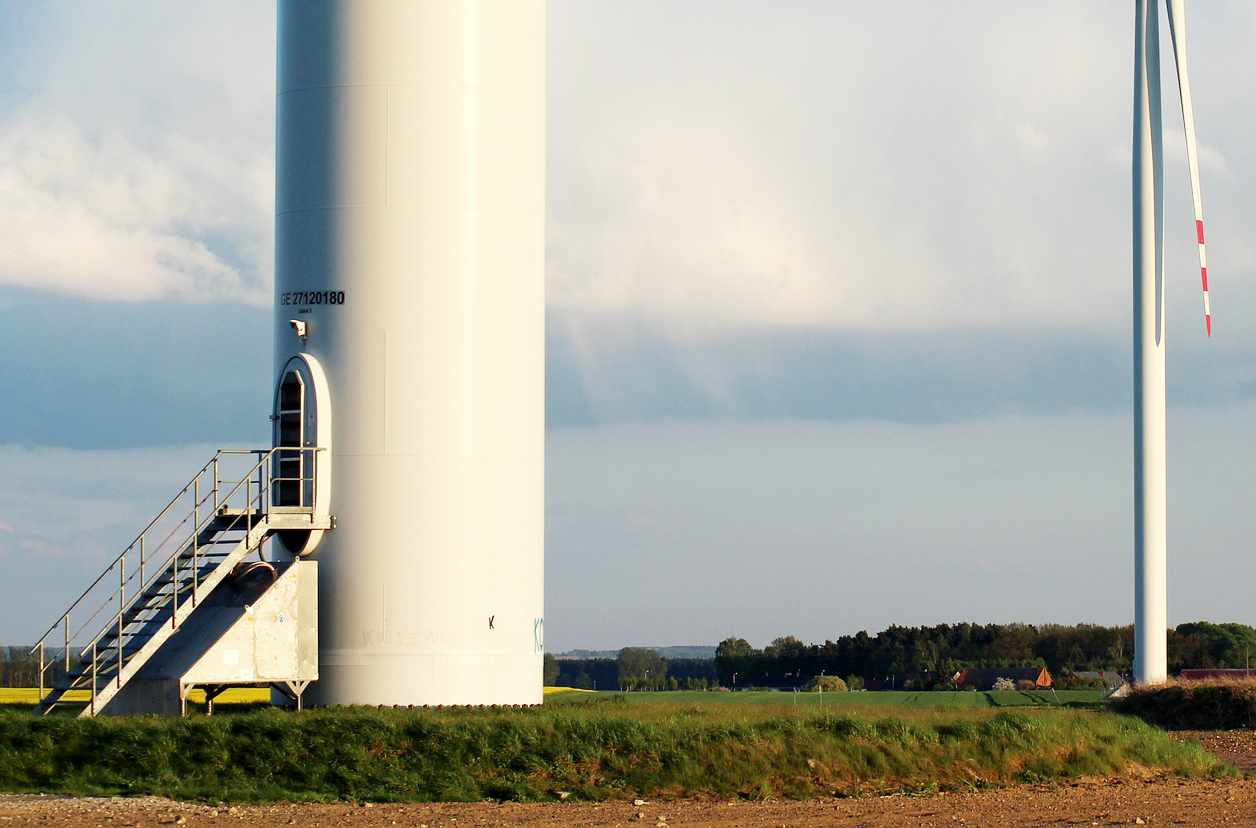It’s very important that you inspect foundations and foundation anchor bolts every year for corrosion or damage as an integral part of turbine maintenance.
Wind turbine foundations are highly engineered to take the stress and strain for the longevity and stability of a wind-turbine generator. This does not mean that the foundations and bolts have enough regular checks in fact they get overlooked frequently during regular maintenance.
Anchor Bolts
Foundation anchor bolts should be cached at regular intervals for potential problems. Anchor bolts can become rusted very easily. Sometimes when bolts are left to rust, the nut will seize on the rod, making it difficult to tighten-up. If they are left to erode, the nut faces and corners can become compromised to the point that the nut is rounded. Severe corrosion of the washer could result in the loss of tension and the bolt lifting.
The common solution to the problem described is to use a high-quality anti-corrosion grease and bolt caps. Bolt caps protect the grease on the rod, nut, and washer, which, in turn, protects the bolt from corrosion. They also keep water from traveling under the pedestal. Bolt caps are not intended to protect the foundation anchor bolt itself. They are used to protect the grease. Without grease, bolt caps will actually accelerate corrosion due to the inevitable condensation in the annulus of the bolt cap.
Installation
Correct installation is critical to the performance of bolt caps. When installing bolt caps, they should be firmly seated on the flange but not crushed. A mallet should never be used to drive caps onto the rod, as this will damage the cap. Bolt caps expand and contract with temperature changes. Expansion results in a vacuum inside the cap, which can draw water into the annulus when water pools on the flange. To resolve this issue and allow condensation to escape, a small ventilation hole can be drilled into the side of the cap. Some never design caps have been designed with ventilation built into them.
A good maintenance program includes pulling a few caps every year, inspecting the rods, nuts, and washers for proper grease coverage and corrosion problems. Any damaged or missing bolt caps should be replaced. It is important to use a high-quality grease that is intended for this application. It should be specifically an anti-corrosion grease with a high dropping point, so it will not dissipate or “melt” off the bolt.
Foundation Anchor bolts Losing Tension
Unfortunately, foundation anchor bolts lose tension over time, just like guitar strings.
If the strings do not have the correct tension, the guitar does not perform correctly and the sound is out of tune. When foundation anchor bolts lose tension they become out of balance, and fatigue within the foundation can bring expensive and potentially catastrophic results.
Most of the relaxation in the rods and creep in the foundation occur early in the life of the foundation.
It is important to perform a full re-tension after 500 hours of initial operation. After that, many operators perform full re-tensions every five years.
However, it is recommended, and often required by the design engineer, to do a tension test every other year to monitor the tension.
BOLTBOX offer services ACROSS THE UK. Wales, Scotland, Ireland, London, Birmingham, Edinburgh, Cardiff, Manchester, Liverpool, Hull, Lancashire, Burnley, Blackburn, Rossendale, Todmorden, Preston and all other locations in the UK. Call for details or email sales@boltbox.co.uk



